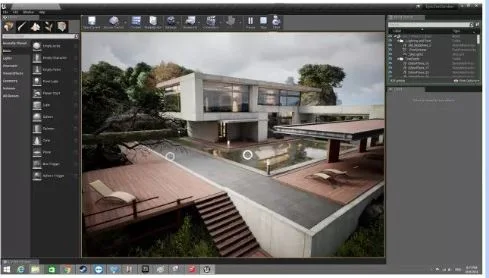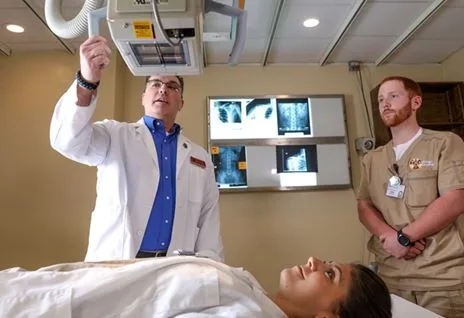How Real-Time Rendering Is Changing the Way Architects Work
Real-time rendering is one of the many types of rendering techniques. Traditional modeling techniques are very slow. The designer would wait for hours for the final picture after creating the model. But the technology has advanced over the years, and so have the rendering techniques. Real-time technique is the one in which the user makes updates in the model and sees the results right away in the picture.
Real-time rendering is a technique that allows designers to create images or animations instantly. The result is what we know as a 3D rendering. If you’re looking to get renderings for your project, you can reach out to top companies offering professional 3D rendering services. These services help bring architectural and design concepts to life through realistic visuals and smooth animations. The companies behind 3D rendering have experienced designers who study your project in detail and turn your ideas into lifelike visuals. In this article, we’ll take a closer look at a specific rendering technique and why it matters in architecture and design.
Importance of Real-Time Rendering:
In architecture, if a designer makes a mistake, it can cost the client extra money. It is the choice of the client if they want to get a rendering for their project or not. If you do not get a 3D rendering during the planning phase and a problem occurs during the construction, the client’s money gets wasted in so many ways. But if the client decides to get the rendering first, they get a chance to diagnose any issues in advance, which can be fixed. This way, they do not have to spend any extra money later, but the choice is completely up to the client.
Real-Time Rendering Simplified:
When you play a video game, and let’s say you break a mirror. The mirror will break, which is the reaction to what you did. It means the response is quick. Similarly, in real-time rendering, when you make a change in the model. You can see the changes in the image immediately. It reduces the time of making animations. If the designer wants, he can quickly try different textures for the wall.
Real-Time Rendering Benefits:
-
Faster Decision-Making:
In older rendering methods, the designer had to wait for hours to get the image processed. But in recent techniques, the process has become quick. The designer and client can make quick decisions for the project.
-
Better Communication:
Clients might understand technical drawings, but the way they understand graphics and 3D models is beyond the scope of 2D images. This is why the client gets to participate in the project a lot more.
-
Immersive Walkthroughs:
Real-time rendering technique also allows the designer to make interactive environments. They make animations of the project as if it were the environment of a video game. And the client can go around the house like they are immersed in the game.
-
Creative Possibilities:
As the results appear instantly, the designer gets more chances to explore new options and be more creative. Otherwise, in the past, the designers feared trying new things because the waiting time would increase their task to several hours.
Here is an important suggestion for anyone who is planning a construction project. You should get help from 3D Architectural Modeling Services, as they can do several tasks to make your project easier. They turn your 2D drawings into 3D and do detailed rendering of the entire building. The extent of service you want from them is completely the choice of the client.
Tools Used for Real-Time Rendering:
Some popular software programs that allow you to do real-time rendering are:
- Lumion
- Enscape
- Unreal Engine
- Twinmotion
- Unity
Architects nowadays especially learn these software and get a grip on them because they make the job easier. An Architectural Visualization Company can flourish in these days only when they keep up with the modernization.
The Future of Real-Time Rendering:
There are two concepts that are slowly getting popular in the industry, Virtual Reality and Augmented Reality. Both help the clients see their project virtually before it even exists. So, Vr uses a headset to get the client into an immersive environment where they can see their project in detail. And AR allows you to keep it simple and use your mobile device to see visuals. You just have to focus your phone on your land where the construction is to happen. And on your screen, you’ll see the visuals as if the building were actually present there.
Conclusion:
Real-time rendering is a much more advanced form of 2D images or blueprints that explain the project to the client and the workers. It is becoming popular in the field of design and architecture because it is more of a requirement than a choice. A good architect and 3D rendering can deliver excellent results to the client that can significantly improve the process of construction. This is why everyone should get it for their project.





